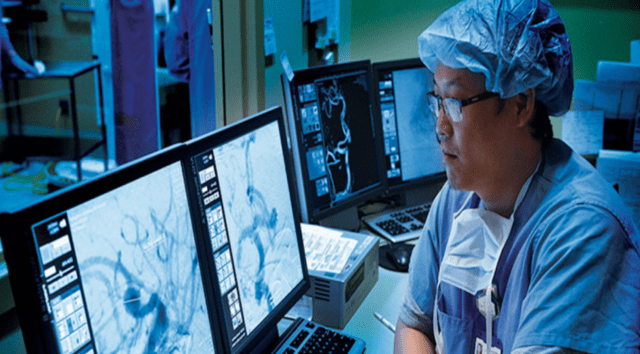Neurosurgery is a term that has evolved over the years from a medical term that denoted a process that involved the operation of the brain and the nervous systems to one that refers to a field of medicine that deals with diseases that affect the brain and the nerve pathways. While this term is often used interchangeably with brain surgery (neurosurgery), it is important for people to understand the difference between the two. Both procedures involve the opening of a person’s skull to remove a skull base tumor. However, while one may refer to neurosurgery as a “brain surgery” it is important to note that there are a lot of other types of surgery that involve the brain.
Neurosurgery is the medical term used to describe the field of medicine that deals with diseases that affect the central and peripheral nervous systems including the central nervous system (CNS), the nervous cord, cerebrospinal fluid, and the cerebellum. It is generally performed on patients who are suffering from neurological diseases such as Parkinson’s disease, multiple sclerosis, stroke, epilepsy, multiple myeloma, and cerebral palsy. The major focus of neurosurgeons is the rehabilitation of patients who are suffering from injuries and illnesses that cause the nervous and brain structures to be compromised. This type of surgery is typically done on patients who cannot physically move and cannot breathe on their own.
The nerves, or cranial nerves, which pass messages between the brain and the rest of the body, become damaged due to many different reasons. Sometimes, when a child is hit by a car they will suffer a mild case of brain damage that results in them not being able to speak and to move. When a person is struck by a piece of flying debris, the individual’s brain tissue is permanently damaged, resulting in a variety of disabilities. These injuries can be caused by any type of accident, as well as from falls, blunt trauma, blows to the head, poisoning, infections, or exposure to certain chemicals.
While the area of the spinal cord is rarely affected by neurosurgery, it is still very important for a patient to have an x-ray of their spine after their procedure because this procedure cannot do much good if the spine is damaged beyond repair. While the neck and back may look fine on the x-ray, internal problems that exist in the spine may have been overlooked, resulting in more serious consequences than the original injury. Once the spine has healed itself after the surgery, it is then time for a patient to go back to work, take care of their daily chores, and responsibilities, and even go to school.
Neurosurgeons are also called upon to perform microsurgeries in order to access areas of the brain tissue. In some cases, neurosurgeons can also perform microsurgeries on animals as a way of examining the animal’s brain tissue. Microsurgeries are used to test for tumors, examine the function of cells in the brain, or determine the functioning of blood vessels and muscles.
Neurosurgeons are often referred to as “neurologists.” Although these two terms are used interchangeably, there is a great difference between a neurologist and a neurosurgeon. A neurosurgeon does not actually operate on the brain. Instead, the neurosurgeon is one who performs the various tests and procedures that involve the operation of the brain and the nervous system to identify the extent of damage and whether or not the patient is a candidate for surgery.
A neurologist is a doctor’s job to diagnose and treat patients suffering from neurological conditions. Neuropsychologists, on the other hand, perform tests, such as MRI scans and brain scans, to determine if the patient has a disorder that involves the brain. They may also perform certain types of cognitive rehabilitation or brain exercise in order to help rehabilitate patients. Neurosurgeons are called upon to perform neuropsychological tests before administering any type of treatment.
When you need a neurosurgeon, it is very important to get as many details about the procedure as possible before the procedure takes place. Neurosurgeons will often request the use of an imaging device, such as an MRI machine, to see the inside of the skull of the patient prior to the procedure. While the procedure might be extremely invasive, it is usually covered by insurance policies for minor problems.


